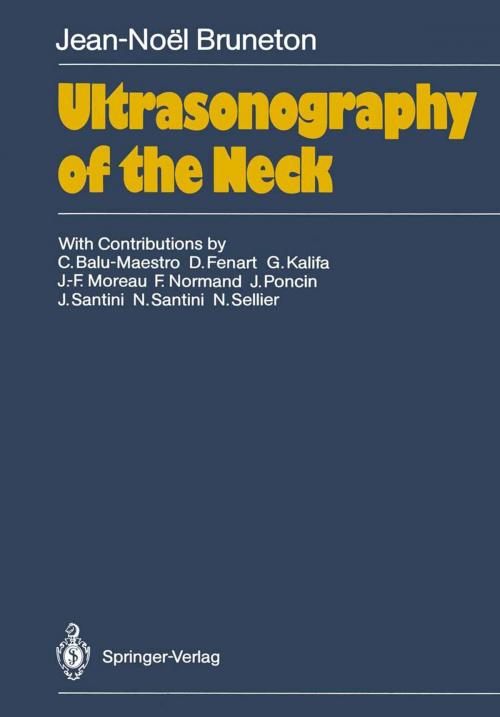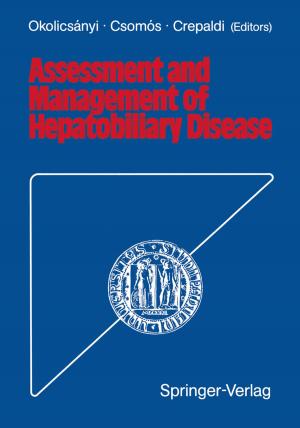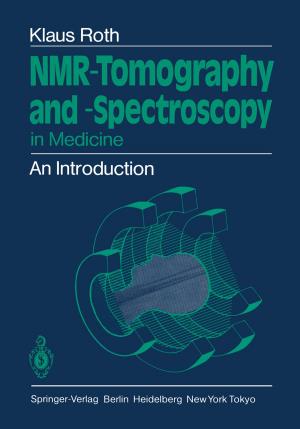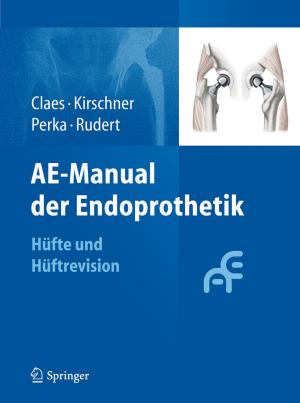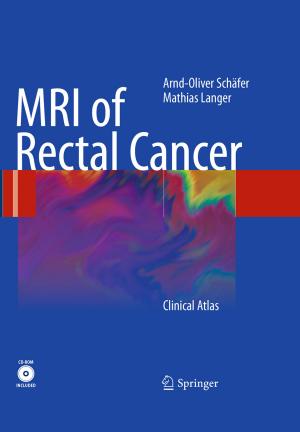Ultrasonography of the Neck
Nonfiction, Health & Well Being, Medical, Specialties, Ultrasonography, Allied Health Services, Radiological & Ultrasound| Author: | Catherine Balu-Maestro, Jean-Noel Bruneton, Denis Fenart, Gabriel Kalifa, Jean-Francois Moreau, Franck Normand, Jocelyne Poncin, Jose Santini, Nicole Santini, Nicolas Sellier | ISBN: | 9783642715563 |
| Publisher: | Springer Berlin Heidelberg | Publication: | December 6, 2012 |
| Imprint: | Springer | Language: | English |
| Author: | Catherine Balu-Maestro, Jean-Noel Bruneton, Denis Fenart, Gabriel Kalifa, Jean-Francois Moreau, Franck Normand, Jocelyne Poncin, Jose Santini, Nicole Santini, Nicolas Sellier |
| ISBN: | 9783642715563 |
| Publisher: | Springer Berlin Heidelberg |
| Publication: | December 6, 2012 |
| Imprint: | Springer |
| Language: | English |
Owing to the anatomic complexity of the neck and the diver sity of pathologic entities affecting it, the cervical region has long been of great semiological interest. Physical examination is an easy means of evaluating the size and origin of a solitary cervical mass, yet valid interpretation can prove difficult when the normal morphology of the neck has been altered; excellent examples are patients with extensive fibrosis or scarring secondary to previous irradiation or surgery. Like wise, physical examination cannot assess the relations of a pathologic process to adjacent structures - e. g., invasion can not be distinguished from simple displacement -and it is un suitable for monitoring therapeutic efficacy, such as the re sponse of metastatic nodes to medical management. Between physical examination, which remains fundamental, and exploratory surgical procedures, which are often the only means of obtaining indispensable anatomic proof for diagno sis, lie a number of recent imaging techniques including com puted tomography and magnetic resonance imaging using surface coils that provide invaluable information for the in vestigation of cervical pathologies. Real-time ultrasonogra phy occupies a privileged position because of its noninvasive ness, rapidity, and reliability, especially when performed by a specially trained examiner.
Owing to the anatomic complexity of the neck and the diver sity of pathologic entities affecting it, the cervical region has long been of great semiological interest. Physical examination is an easy means of evaluating the size and origin of a solitary cervical mass, yet valid interpretation can prove difficult when the normal morphology of the neck has been altered; excellent examples are patients with extensive fibrosis or scarring secondary to previous irradiation or surgery. Like wise, physical examination cannot assess the relations of a pathologic process to adjacent structures - e. g., invasion can not be distinguished from simple displacement -and it is un suitable for monitoring therapeutic efficacy, such as the re sponse of metastatic nodes to medical management. Between physical examination, which remains fundamental, and exploratory surgical procedures, which are often the only means of obtaining indispensable anatomic proof for diagno sis, lie a number of recent imaging techniques including com puted tomography and magnetic resonance imaging using surface coils that provide invaluable information for the in vestigation of cervical pathologies. Real-time ultrasonogra phy occupies a privileged position because of its noninvasive ness, rapidity, and reliability, especially when performed by a specially trained examiner.
